The subtleties of the process of finishing the facade of the house with SIP panels
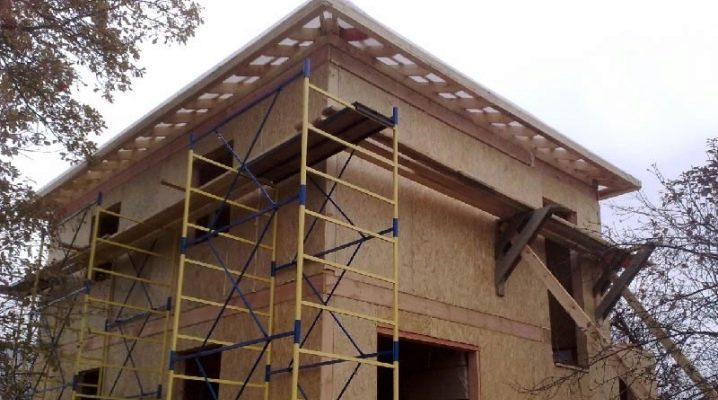
The technology of cladding houses with SIP panels (SIP) is especially common in the United States and Northern Europe. The main advantages of buildings built using this finishing material are a minimum of maintenance costs and significant savings on heating due to the excellent thermal insulation properties of the facade panels.
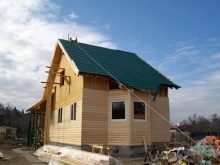

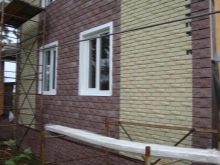
Advantages and disadvantages
SIP-panel consists of two sheets, between which there is a heat-insulating material. This material is based on an oriented strand board (OSB) on the outer sides, which is made from glued wood chips, as well as a layer of insulation inside. As a rule, expanded polystyrene acts as such.
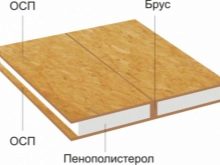
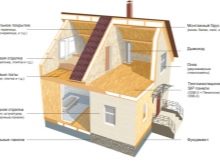
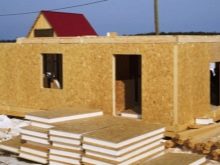
Of the advantages of SIP panels, we note:
- strength;
- durability;
- good thermal insulation properties;
- good sound insulation properties (they are only enhanced if the finishing material is fastened at a short distance from the SIP panels, thereby creating an air gap);
- ease of installation and reduction of repair time;

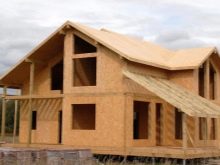
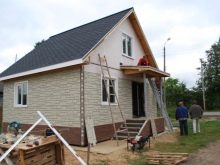
- low weight of the structure, which does not require a strong foundation;
- ease of transportation without the use of special equipment;
- protection against the appearance of mold;
- the insulation does not sag over time;
- the plate in the composition of the panels does not deform and does not warp over time;
- the insulation in SIP panels is warmer and more efficient than mineral wool, because according to the calculations of specialists, a 150 mm layer of expanded polystyrene can easily replace a 200 mm layer of mineral wool.
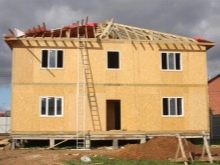
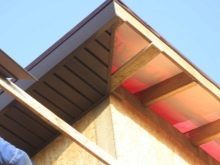

Disadvantage - the material is afraid of water, that is, it is able to absorb moisture, which means that it is worth taking care of additional moisture protection of such panels inside and outside. It is because of the sensitivity to external atmospheric influences that houses with SIP panels must have additional external finishing in order to extend the life of the home. And also the material is very sensitive to the effects of sunlight, from which it darkens over time.
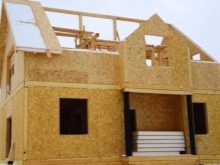
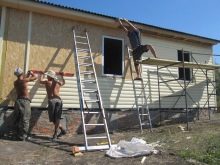
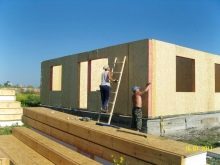
External finishing
The final finishing will not only give the house made of SIP panels a finished look, but also reliably protect it from all kinds of precipitation and other external influences.
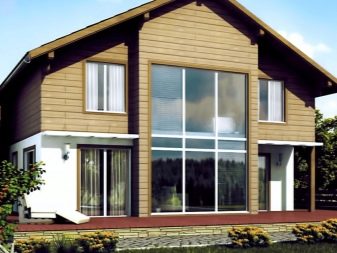
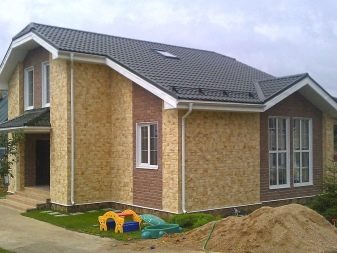
Stone
Natural or artificial stone is suitable for finishing the base, outside corners and inserts, as this finishing material is especially strong and durable. Due to the high cost of stone, as a rule, few dare to decorate the whole house with it.
The only drawback of the stone is its large weight, therefore, a significant load is created on the foundation of the structure. In this case, the ready-made foundation will have to be strengthened, and if you are building a house "from scratch" - think over a particularly strong frame in advance.
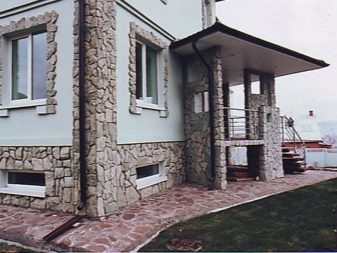
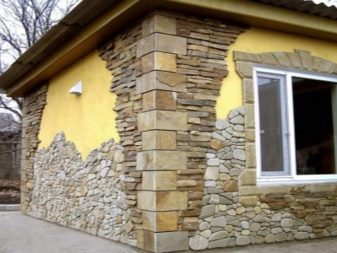
Please note that if you use limestone as a finish, then it must be treated with special moisture-proof compounds. Houses with stone finishes look monumental and solid, in addition, for a long time you will not even need to do a cosmetic repair of the facade - and all thanks to the durability and wear resistance of this finishing material.
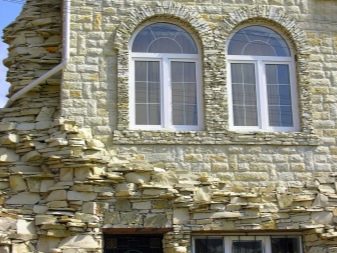
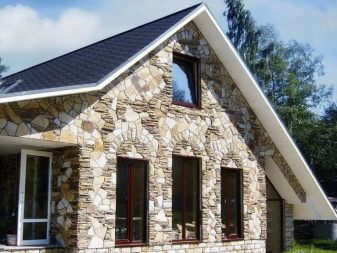
Block house
Using such material as a block house is a great option for country-style cottages and ordinary Russian summer cottages. In appearance, such a house resembles a log house made of rounded logs.The main advantages of wood are safety for human health and environmental friendliness. Since wooden blocks require minimal processing, finishing is done as soon as possible. At the same time, you will not need additional insulation of a wooden structure due to the excellent heat-saving properties of wood.
The spike-groove fastening system will further shorten the life of the house cladding with this finishing material. The base is a metal crate, under which a vapor barrier material and a moisture-proof membrane are fixed. The final stage of finishing works is their painting and processing with special protective agents against aggressive external influences.
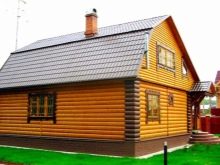

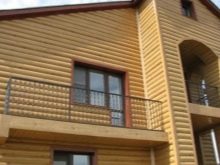
The classic dimensions of a block house used to decorate houses are 200–600 cm (length), 9–16 cm (width) and 2–3.6 cm (thickness).
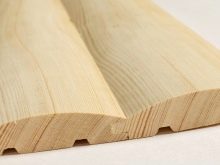
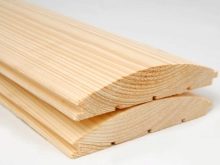
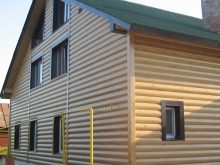
Ventilated facade
The innovative ventilated facade finish has a steel or aluminum frame to which the cladding materials are attached. There are capsules inside such panels, thanks to which they allow air to pass through, and moisture does not accumulate inside. This effect resembles a thermos, when in winter it is warmer in a room decorated with ventilated panels, and colder in summer. In addition, such a house has additional sound insulation, and the microclimate is maintained at an ideal level.
The positive aspects of ventilated facades include their high installation speed., ease of replacing damaged elements and a rich assortment of textures and colors. It is possible to finish with such panels without any problems at any time of the year.
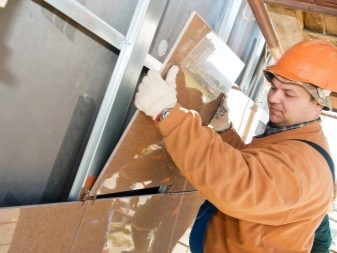
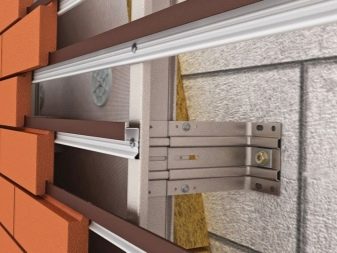
Plaster
When applying external plaster, you do not have to level the walls covered with SIP panels.
The advantages of this finish are obvious:
- affordable cost;
- beautiful patterns on the facade;
- durability of the coating, resistant to external influences.
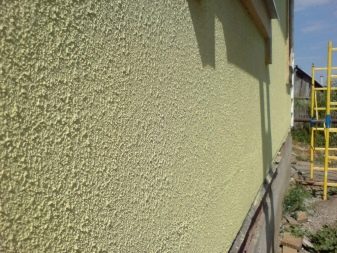
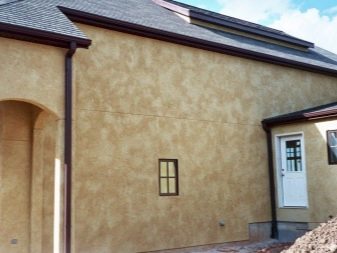
The highest strength is mineral plaster. It has a low cost and "breathes" due to the vapor permeability effect. For the same reason, excess moisture and condensation naturally go outside, which is very important for moisture-susceptible SIP panels.
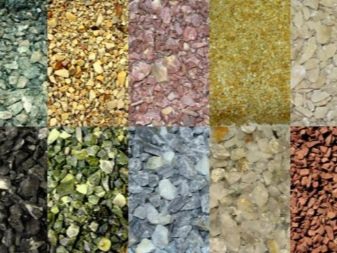
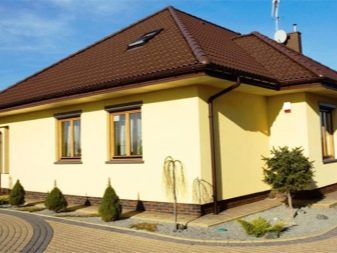
A wide range of shades of this finishing material is available to buyers, which is a big plus and an advantageous difference from other facade coatings.
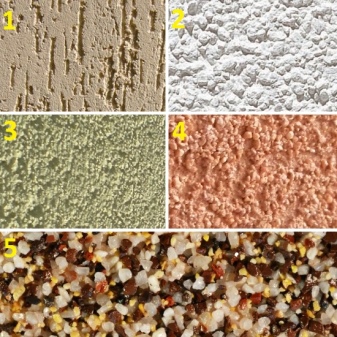
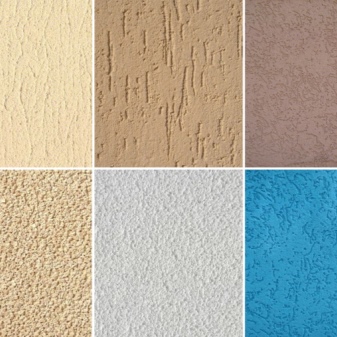
The plastering technique is not so complicated, so even non-professionals can cope with finishing work with a little preliminary preparation. In addition, natural plaster is resistant to temperature extremes and UV rays. And if financial resources are available, experts recommend using silicate plaster, the rich colors of which will allow you to decorate the facade in any style.

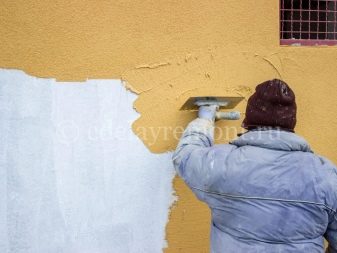
Siding
Siding trim can be wood, metal or vinyl. It is distinguished by:
- fire safety;
- resistance to negative external influences;
- environmental friendliness;
- anti-corrosion properties;
- affordable cost;
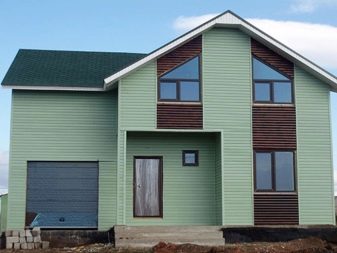
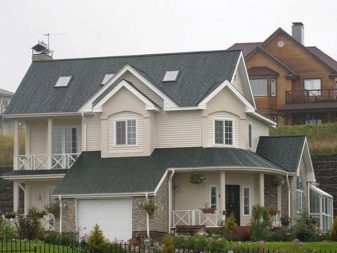
- resistance to sunlight;
- ease of installation and maintenance;
- a wide range of textures and colors;
- the possibility of carrying out work in the cold season.
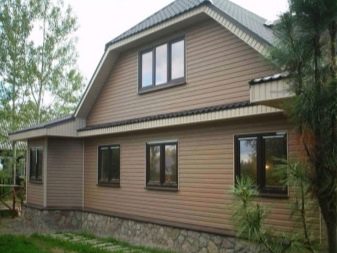
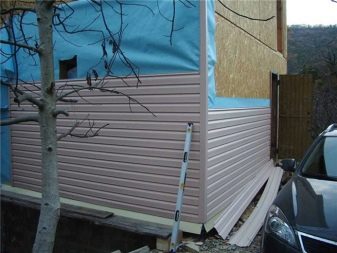
Clinker
Clinker tiles are usually used to create the appearance of brickwork. Such products are frost-resistant, durable and wear-resistant. At the same time, the texture of the clinker surface can be very diverse: smooth, rough, corrugated or glazed. Installation of this finishing material is carried out on special glue, and the joints are filled with grout. The only drawback is the high cost of tiles and installation work. But if your goal is to make an exclusive modern facade and you are not limited in finances, then clinker tiles are exactly what you need.
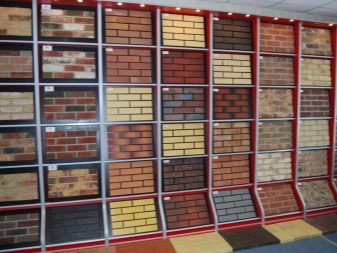
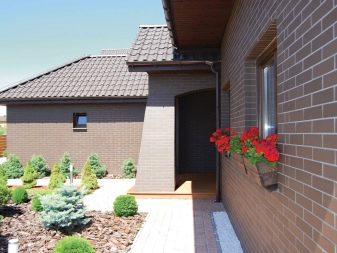
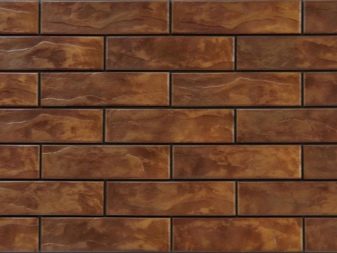
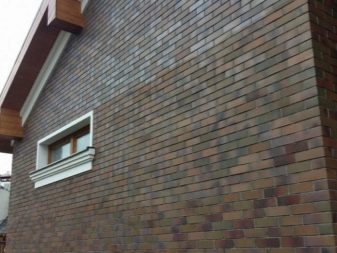
Flexible stone
Another innovation in the field of facade decoration is flexible stone.This material is made from acrylic resin and marble chips, so the plates have plasticity, which is very convenient for installation and work with various surfaces. It is not necessary to plaster the walls before cladding with flexible stone. Fastening of such material is carried out on a special glue based on cement. In addition, you do not need to process the joints, since the plates are covered with a special film, and upon completion of the installation, the protective layer is simply removed. The main advantage of this finishing material is the possibility of finishing corners and window slopes.
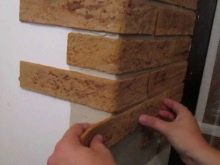
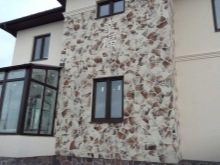
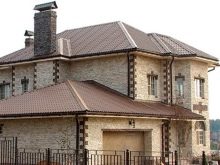
Sandwich panels
You can also sheathe the facade with sandwich panels - this option is one of the most common and affordable. Such a "finishing sandwich" will protect the structure and SIP panels from adverse external influences. With this type of finish, insulation is laid between the metal or fiber cement plates.
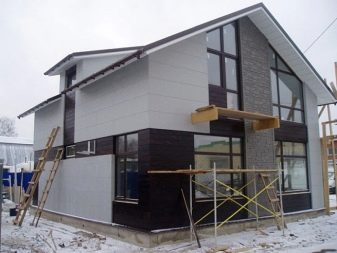
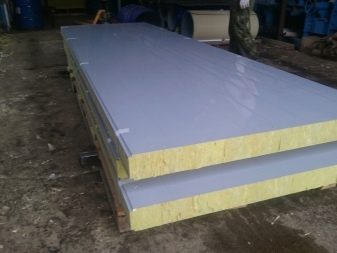
Professional advice
To finish the facade from SIP panels will serve you for a long time, it is necessary to adhere to some of the recommendations of the professionals.
- It is recommended to finish the facade of the building with SIP panels in the first six months after construction.
- Make accurate wall thickness calculations before finishing. You may not need thermal insulation, and exterior siding or masonry may be sufficient.
- Think in advance of ventilation and other communication systems, because their timely installation will preserve the external cladding of the building.
- Modern decoration of houses with SIP panels also implies the decorative design of windows and doors, for which manufacturers produce such finishing elements as plastic platbands and slopes, which are distinguished by simplicity and ease of use without the need to fit and dock the elements with each other.
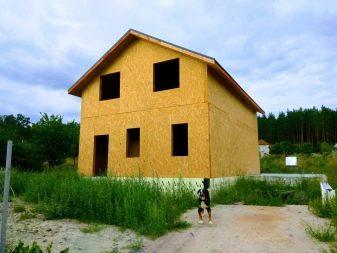
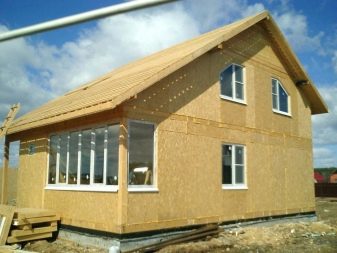
Conclusion
Thanks to modern building technologies, the frame structure of the facade, in combination with the cladding with SIP panels, allows you to quickly build entire residential quarters. This finishing material not only helps the houses look attractive, but also provides the building with excellent thermal insulation properties - and all this for quite affordable money. That is why both an ordinary retired summer resident and the owner of a luxurious cottage can afford finishing with SIP panels.
For finishing the facade of the house with SIP panels, see the video below.













The comment was sent successfully.